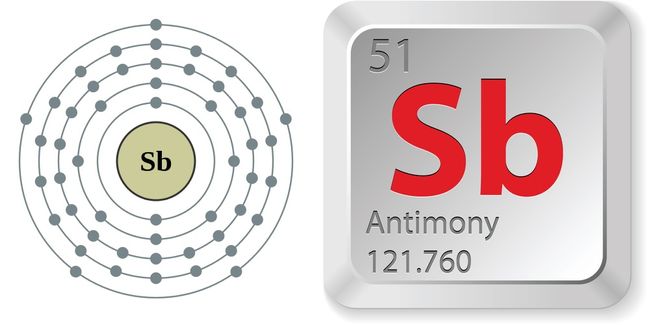

As a result, the construction must be stable. Step 4: Complete the octet on each atomsĮach hydrogen and antimony atom should have eight electrons around it. Place two electrons between each antimony atom and hydrogen atom to show a chemical bond. Step 3: Place the two electrons between the atoms to illustrate the chemical bond As a result, antimony should be positioned in the centre, surrounded by the remaining three hydrogen atoms. We must, however, keep hydrogen outdoors due to legal requirements. The hydrogen in the SbH 3 molecule is less electronegative than antimony. Step 2: Select the centre atom and keep H always outsideĪlways place the least electronegative atom in the centre when choosing the centre atom. In the SbH 3 molecule, the total amount of Valence electrons is 5 + 1(3) = 8.

On the periodic chart, hydrogen belongs to group 1.Īs a result, the valence electron in hydrogen is 1. As a result, antimony has 5 valence electrons. To draw the Lewis structure of SbH3, you must first figure out how many valence electrons there are in the molecule.Īntimony is a periodic table group 15 element. Steps to Draw the Lewis Structure of SbH3 as follows: Step 1: Determine how many valence electrons there are in total Because SbH 3 is extremely unstable, it is seldom found outside of labs. It is a severely hazardous heavy antimony counterpart of ammonia. SbH 3 is a colourless, flammable gas that smells like rotten eggs. The antimony atom have a one electron pair. The Antimony (Sb) atom is in the centre, surrounded by three Hydrogen atoms (H). SbH3 has three single bonds between the Antimony atom and each Hydrogen atom in its Lewis structure. In this article, we look into the sbh3 lewis structure, shape, formal charge and its hybridization.


 0 kommentar(er)
0 kommentar(er)
